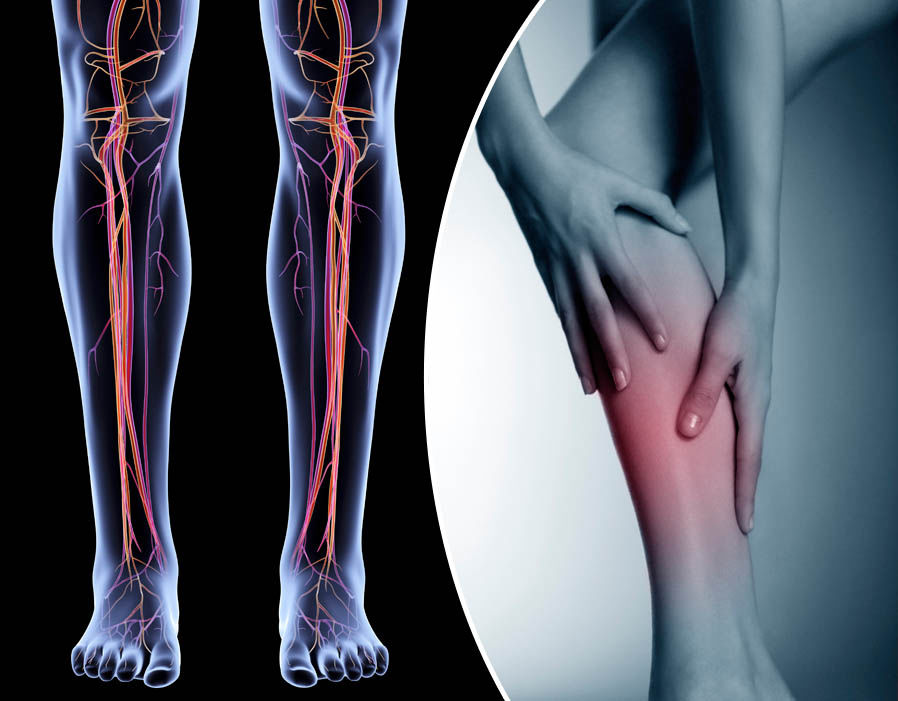DVT is unpleasant in its own right, but having to deal with it while you are traveling can be a really nasty situation. Still, the fact that you suffer from this condition doesn’t mean you don’t have responsibilities or passions anymore, which would take you away from home. Traveling is an important part of many people’s lives, and suffering from DVT doesn’t have to be the end of that habit. Here are some useful tips on how you can deal with DVT while traveling.
Prevent blood clots by taking walking breaks
It’s very important that you don’t allow blood clots the opportunity to form. If you are traveling for extended period of time, make sure that you are taking walking breaks. If you are traveling by airplane, train or even bus, make sure you stand up and take a short walk from one end of the isle to the other. Walking is very important and stretching your legs properly will prevent you from developing clots.
Don’t sit idly in your chair
Sometimes, the first tip might not be so accessible. However, that doesn’t mean that you can’t put your body in motion and prevent blood clots. You can move your legs and keep your feet doing motions. This helps a lot. This will encourage blood flow and for blood to be pumped correctly through your body, specifically up and down your legs.
Compression stockings
These are special stockings that strategically strengthen or loose up on your legs in order to permit or restrict blood flow in certain parts of the leg. Depending on whether you’ve had blood clots in the past, a specific kind of compression stocking might fit you best. With that in mind, compression stockings in general should be of great help as they gradually manage pressure in your legs. It’s a very useful tool for when you’re dealing with chronic deep vein thrombosis.
Medication
Medication can play an important role in how you deal with DVT. By using blood thinning medication, you can relieve the stress in your legs and also lower the chances of you developing further blood clots. It’s great but you should definitely pair it with some of these other methods of preventing blood clots. However, it’s not recommended that you just take this medication. First, you have to consult your doctor and see if they agree in regards of you needing the medication. Depending on what they think about it, you can go on with taking the medication, if there are no risks.
DVT is definitely an ugly condition to deal with, but it’s nice to know that there are things you can do to minimize the impact it has on your daily life.

